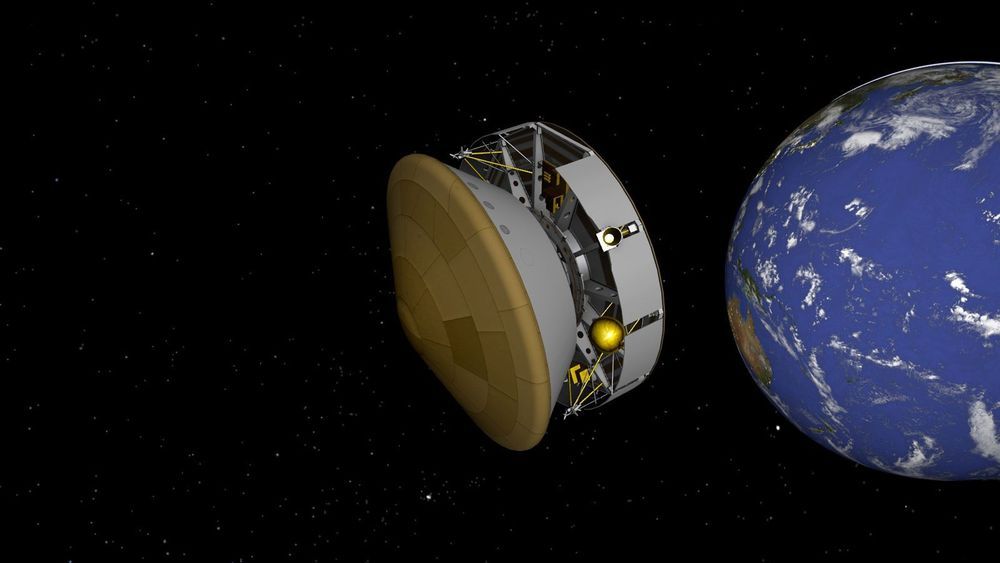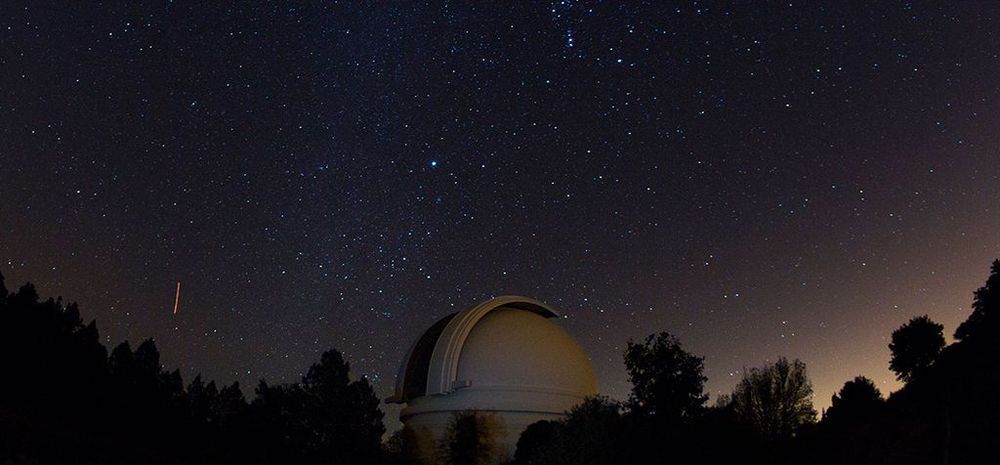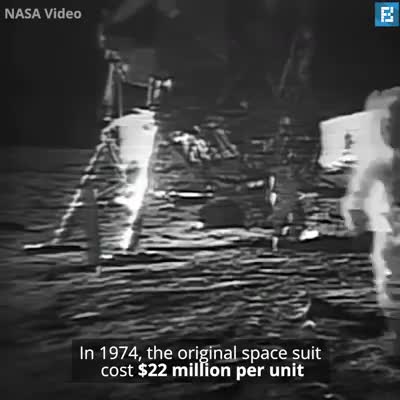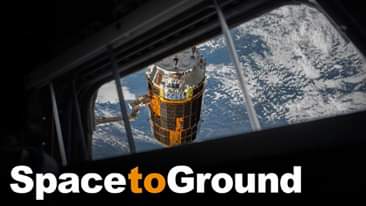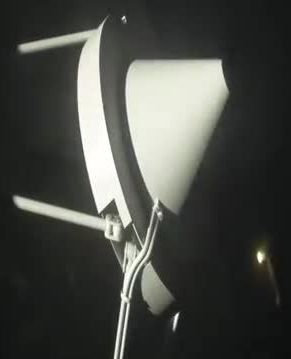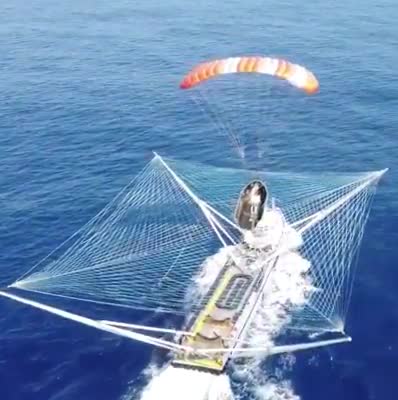The web app provides you with the precise location of my whereabouts in real-time, using real data. I’m learning space is a big place and I’m delighted to have you see how my team and I navigate it. http://go.nasa.gov/2YmfBz5
In new book, Prof. Katherine D. Kinzler argues that how you speak reflects who you are.
Have you ever considered that the way you talk may determine who you’re friends with, the job you have, and how you see the world? Even if you don’t realize it, “how you speak is, in a very real way, a window into who you are and how other people see you.”
Researchers have fashioned ultrathin silicon nanoantennas that trap and redirect light, for applications in quantum computing, LIDAR and even the detection of viruses.
Light is notoriously fast. Its speed is crucial for rapid information exchange, but as light zips through materials, its chances of interacting and exciting atoms and molecules can become very small. If scientists can put the brakes on light particles, or photons, it would open the door to a host of new technology applications.
Now, in a paper published on August 17, 2020, in Nature Nanotechnology, Stanford scientists demonstrate a new approach to slow light significantly, much like an echo chamber holds onto sound, and to direct it at will. Researchers in the lab of Jennifer Dionne, associate professor of materials science and engineering at Stanford, structured ultrathin silicon chips into nanoscale bars to resonantly trap light and then release or redirect it later. These “high-quality-factor” or “high-Q” resonators could lead to novel ways of manipulating and using light, including new applications for quantum computing, virtual reality and augmented reality; light-based WiFi; and even the detection of viruses like SARS-CoV-2.
Deep learning on MCUs, also known as TinyML, is perfectly possible today but TOPS ratings don’t always tell the full story.
Amid a pandemic, civil unrest and a divisive US election season, we now have an asteroid zooming toward us.
On the day before the presidential vote, no less.
Yep. The celestial object known as 2018VP1 is projected to come close to Earth on November 2, according to the Center for Near Earth Objects Studies at NASA’s Jet Propulsion Laboratory.
As if 2020 hadn’t already thrown enough at us, NASA says an asteroid will come close to Earth on November 2.
These researchers paired biology with AI to create the world’s first “living” robots 🤯.
Why Are Spacesuits So Expensive?
Posted in futurism
Final Flight: 08/21/2020
Posted in space
This week on #SpaceToGround: a JAXA (Japan Aerospace Exploration Agency) cargo spacecraft leaves the International Space Station.
Crashing Into Saturn
Posted in space
